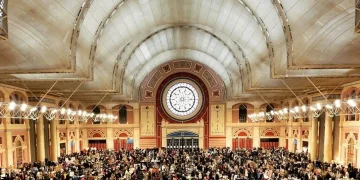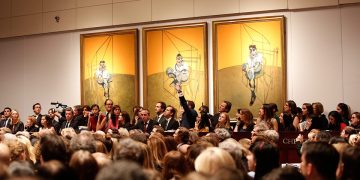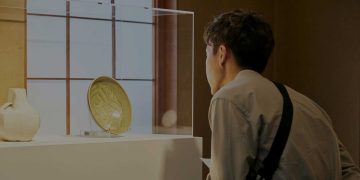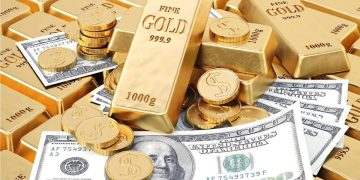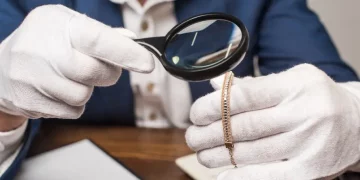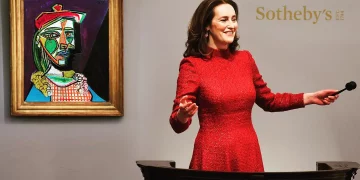The world of investment is constantly evolving, and while traditional assets like stocks, bonds, and real estate remain dominant, alternative forms of investment are gaining traction. Among these, rare collectibles, such as art, antiques, vintage cars, rare coins, and even sports memorabilia, have emerged as a lucrative asset class for both seasoned investors and novices. But what exactly makes rare collectibles a good investment? How do you navigate the complexities of this niche market? In this article, we will delve into the growing trend of investing in rare collectibles, the key factors that influence prices at auctions, the market trends that signal potential investment opportunities, and the most successful investment strategies for maximizing returns in this exciting space.
The Growing Trend of Investing in Rare Collectibles
Over the past few decades, there has been a noticeable shift in how people view wealth creation. While the traditional stock market and real estate have long been considered stable options, the appeal of investing in rare collectibles has soared in recent years. Many high-net-worth individuals and institutions are now diversifying their portfolios by adding collectibles into the mix. One of the driving forces behind this trend is the increasing recognition that certain items, particularly those that are rare, historically significant, or culturally relevant, can appreciate over time and outperform more conventional investment options.
Several factors have contributed to this surge in interest. One of the most significant is the rise of digital platforms and online auctions, making it easier for buyers and sellers to connect globally. In addition, the growing interest in sustainability and tangible assets has further fueled the demand for physical items that have lasting value. Collectibles, by their very nature, are limited in supply, which creates a sense of scarcity that drives prices higher as demand increases. Furthermore, the increased exposure of high-value collectibles through media, celebrity endorsements, and pop culture references has made them more appealing to a wider audience.
Key Factors Influencing Prices at Auctions
When it comes to purchasing rare collectibles, auctions play a central role in determining prices. But what exactly drives the price of an item in such a competitive environment? Several key factors influence the bidding process and the final price a collector can expect to pay for a rare item at auction.
Rarity and Scarcity
One of the primary drivers of price in the collectibles market is rarity. Items that are one-of-a-kind, limited-edition, or come with a unique provenance are often highly sought after. For example, a rare painting by an iconic artist such as Picasso or Van Gogh may command astronomical prices due to its limited availability. Similarly, vintage cars that are part of a limited production run or rare comic books with low print runs often fetch high auction prices due to the scarcity of these items.
Condition
The condition of the item plays a vital role in determining its value. Collectors often seek items that are in pristine or near-pristine condition, as these are considered more desirable and have a higher potential for long-term appreciation. For example, rare coins with little wear and tear will typically command a higher price than those that are scratched or heavily worn. In addition, items that have been well-preserved and come with documented provenance or certification of authenticity are usually seen as more valuable.
Provenance and Historical Significance
An item’s history or provenance can significantly impact its value. Items with interesting or well-documented backgrounds, such as ownership by a famous individual or association with a historical event, can command higher prices. This is particularly true for art and artifacts that are linked to significant cultural or historical periods. Provenance can also be a major factor in establishing the authenticity of an item, further boosting its desirability in the eyes of collectors.
Demand and Popularity
The popularity of certain collectible categories often fluctuates over time, influencing prices. For example, collectibles related to certain sports teams or celebrities may experience price spikes following significant events or milestones, such as championships, retirements, or media exposure. Similarly, collectibles tied to particular trends or nostalgic periods may see a surge in demand as these cultural movements experience a revival. Understanding these shifts in demand is crucial for investors seeking to capitalize on price increases in specific collectible markets.
Analyzing Market Trends for Investment Potential
Investing in rare collectibles requires not just knowledge of the items themselves but also a keen understanding of market trends. The market for rare items is not always predictable, and it can be highly cyclical, influenced by changes in economic conditions, consumer tastes, and broader cultural trends. However, experienced investors have learned to spot signals that indicate a potential for growth in specific collectible sectors.
Market Cycles
Like other asset classes, the collectibles market is subject to cyclical fluctuations. During periods of economic growth, there is often a rise in disposable income, which can lead to increased demand for luxury and collectible items. Conversely, during economic downturns, the market may contract as collectors hold back on large purchases. Understanding where the market is in its cycle is important for timing purchases and sales effectively. Investors who buy during market downturns and sell during periods of high demand can often reap substantial returns.
Globalization and Access to New Markets
The global nature of the collectibles market means that items once considered niche may now have access to new buyers from around the world. Collectors from Asia, the Middle East, and emerging economies have shown increasing interest in Western art, sports memorabilia, and luxury items, leading to new price increases in these sectors. By keeping an eye on emerging markets and global economic trends, investors can identify international demand that may drive prices upward.
Technological Impact
Advancements in technology have also impacted the collectibles market in profound ways. Online auction platforms, social media, and digital verification tools have democratized access to the market and allowed collectors to engage in a global community of enthusiasts. Furthermore, technology has made it easier to authenticate and trace the provenance of rare items, giving investors more confidence in their purchases. Digital tools such as augmented reality (AR) and blockchain technology are even beginning to change how we value and trade collectibles.
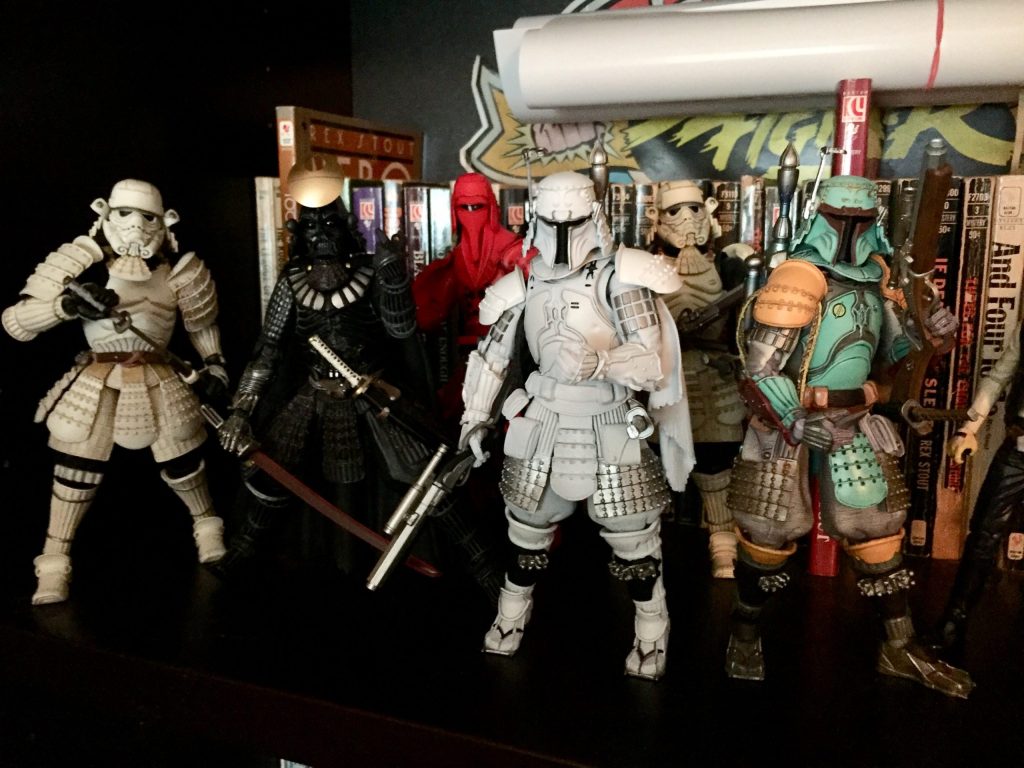
Successful Investment Strategies in the Collectibles Market
While investing in rare collectibles can be highly rewarding, it is also fraught with risk. As with any investment, having a clear strategy is essential for maximizing returns and minimizing potential losses. Here are some strategies that have proven successful for collectors and investors in the field.
Research and Expertise
The most successful investors in the collectibles market are those who possess a deep understanding of the items they are purchasing. Before investing, it is essential to conduct thorough research on the history, value trends, and market demand for specific collectibles. Attending auctions, visiting galleries, and networking with other collectors can help provide valuable insights and create opportunities to acquire rare items at favorable prices. Gaining expertise in a particular area, such as vintage watches, fine art, or rare sports memorabilia, allows investors to make informed decisions and avoid overpaying for items.
Diversification
As with any investment strategy, diversification is key to managing risk. In the collectibles market, this means investing in a variety of items across different categories. For example, an investor may choose to build a portfolio that includes fine art, rare coins, vintage cars, and sports memorabilia. By diversifying, investors can mitigate the risk of any one market segment underperforming and increase their chances of finding high-value items in different areas.
Building Relationships with Dealers and Auction Houses
Establishing strong relationships with reputable dealers, galleries, and auction houses can provide investors with access to rare and highly sought-after items before they hit the open market. These relationships can also offer valuable insider information about upcoming auctions, market trends, and potential investment opportunities. Many seasoned collectors and investors rely on these connections to gain an edge in competitive markets.
Long-Term Investment Horizon
Investing in rare collectibles is often not a short-term endeavor. Items in this category can take years, or even decades, to realize their full investment potential. As such, having a long-term mindset is crucial when entering this market. The most successful investors are patient, understanding that the value of rare collectibles may take time to appreciate and that short-term market fluctuations should not deter them from their long-term goals.
Conclusion
The investment in rare collectibles is an exciting and potentially rewarding venture for those who are willing to dedicate time and effort to understanding the intricacies of the market. Whether you are considering investing in fine art, vintage automobiles, or sports memorabilia, it is crucial to recognize the unique factors that influence the value of these items and to stay attuned to market trends. With the right research, strategy, and patience, rare collectibles can become a valuable and enjoyable part of a well-diversified investment portfolio.













